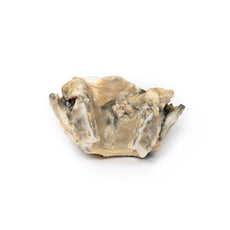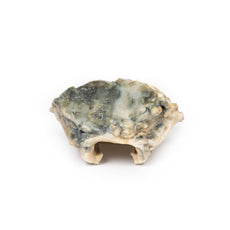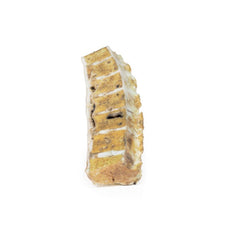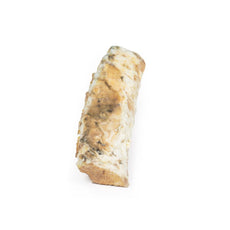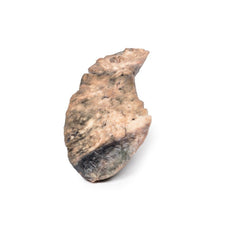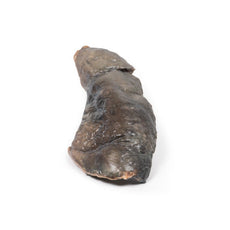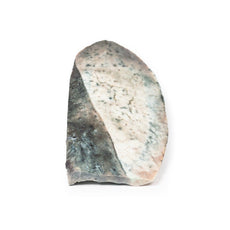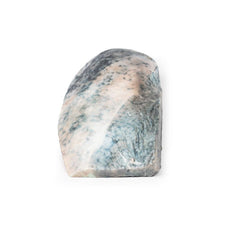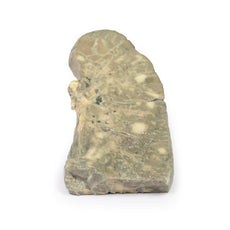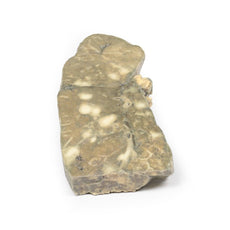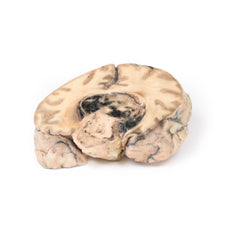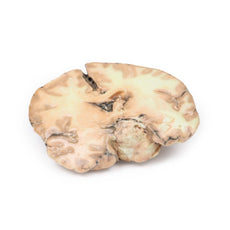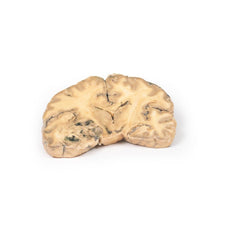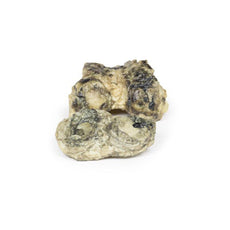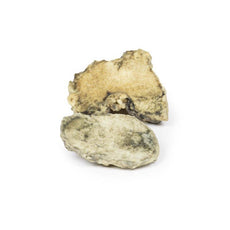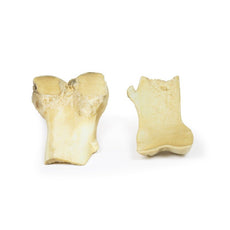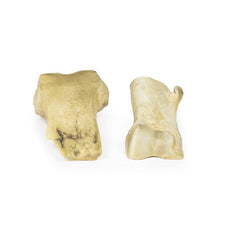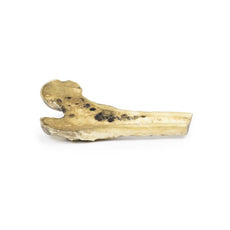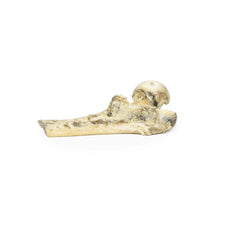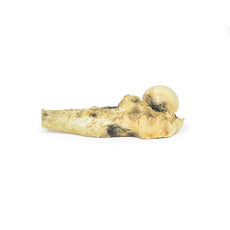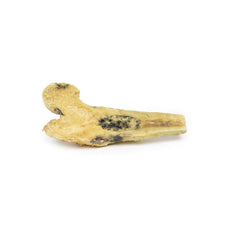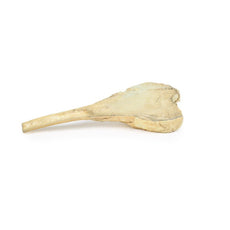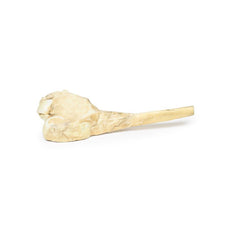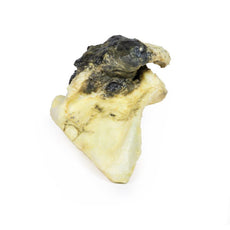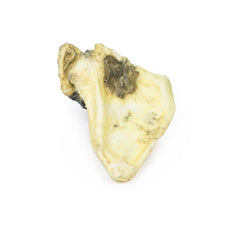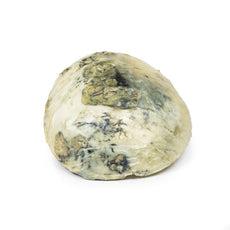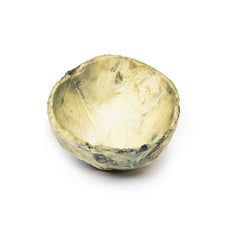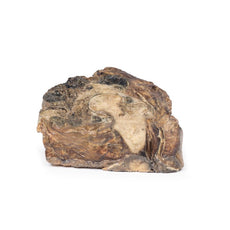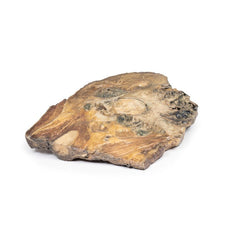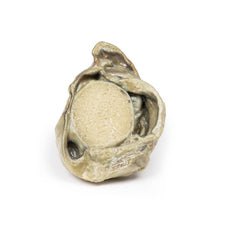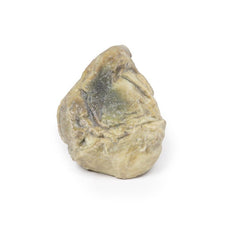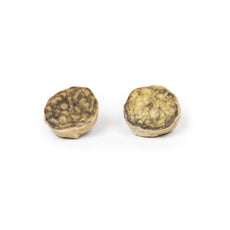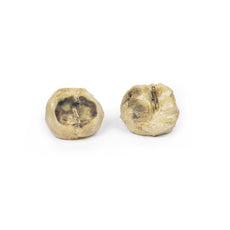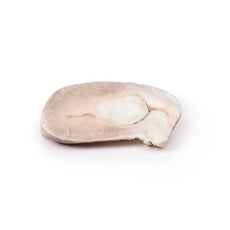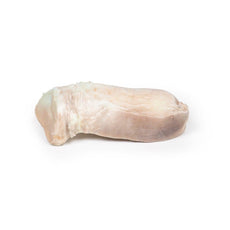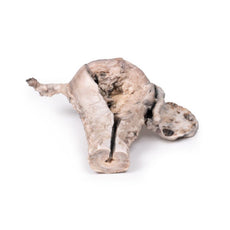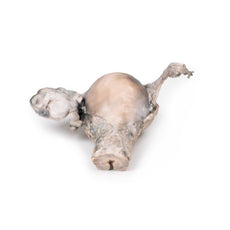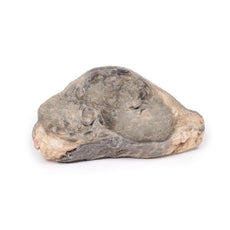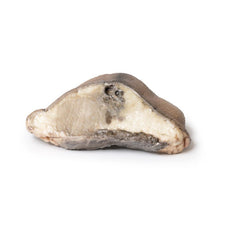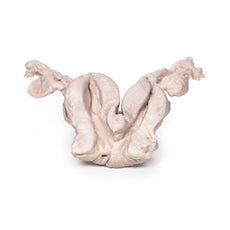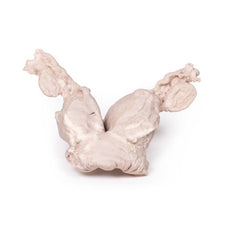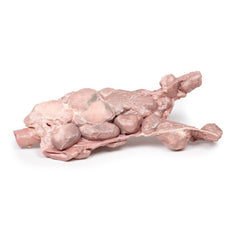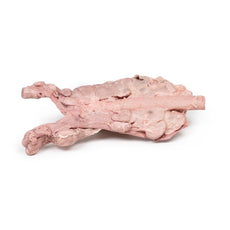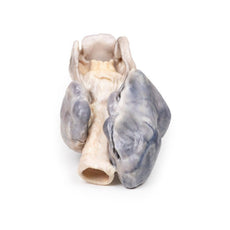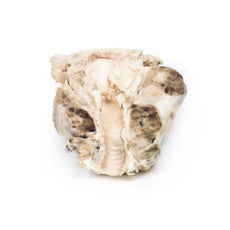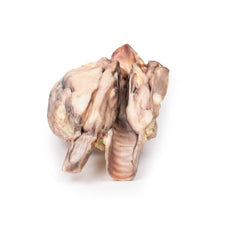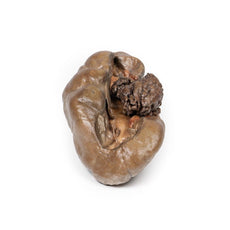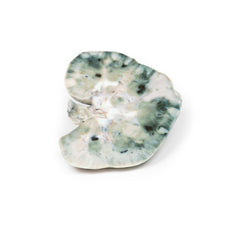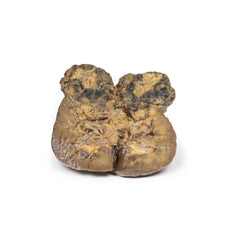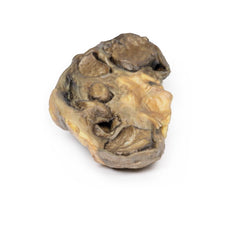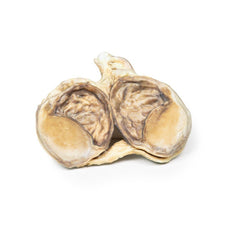Your shopping cart is empty.
3D Printed Chronic Hydrocoele
Item # MP2110Need an estimate?
Click Add To Quote

-
by
A trusted GT partner -
3D Printed Model
from a real specimen -
Gov't pricing
Available upon request
3D Printed Chronic Hydrocoele
Clinical History
An 80-year old male presented with haematemesis. He has a known history of
alcoholic liver cirrhosis with oesophageal varices. On examination, he is noted to have multiple spider naevi, large
volume abdominal ascites and a scrotal swelling. Transillumination of the swelling transmitted red light. He
experienced another large volume haematemesis and died shortly after admission.
Pathology
The specimen consists of a testis, tunica vaginalis and distal end of the spermatic
cord. The testis and its surrounding layers have been bisected to display the cut surface. The tunica vaginalis is
thickened and the enclosed cavity is distended. The testis is normal. This is an example of a chronic secondary
communicated hydrocoele.
Further Information
A hydrocele is an accumulation of serous fluid between the parietal and
visceral layers of the tunica vaginalis around the testes. Hydroceles can be described as communicating with the
peritoneal cavity or non-communicating with the peritoneal cavity.
Communicating hydroceles develop due to
failure of the processus vaginalis to close after the descent of the testes into the scrotum. These may present
after birth as a congenital hydrocele or may present later in life due to increase in intra-abdominal pressure such
a cardiac failure in this case. Non-communicating hydroceles are caused by imbalances in fluid secretion and
reabsorption (e.g. orchitis, epididymitis), testicular tumour, physical trauma (e.g. hernia, testicular torsion) or
defective lymphatic drainage (e.g. filariasis, elephantiasis).
Patients present with a scrotal mass. The mass may be uni- or bilateral. Communicating hydroceles may be reducible and increase in size with raised intra-abdominal pressure. Non-communicating are usually non-reducible swellings. The swelling is usually non tender unless there is an underlying infection or torsion causing the hydrocele. Larger hydroceles may be cumbersome and cause erosion and skin infections on the scrotum.
Diagnosis can be made on physical examination. Serous fluid allows the passage of light shined through the scrotum
when examined: this is called transillumination. Ultrasound may be used to consolidate diagnosis and exclude other
testicular pathology. Testicular cancer serum markers, such as alpha fetoprotein and B-HCG, may be taken to exclude
testicular cancer.
Many congenital hydroceles resolve spontaneously before the age of 2. If communicating
hydroceles persist beyond 2 year they are surgically repaired due to the risk of developing incarcerated hernias.
Surgical repair of communicating hydroceles in older patients may be offered if they are symptomatic. Treatment of
the underlying aetiology of reactive hydrocele may cause them to resolve.
 Handling Guidelines for 3D Printed Models
Handling Guidelines for 3D Printed Models
GTSimulators by Global Technologies
Erler Zimmer Authorized Dealer
The models are very detailed and delicate. With normal production machines you cannot realize such details like shown in these models.
The printer used is a color-plastic printer. This is the most suitable printer for these models.
The plastic material is already the best and most suitable material for these prints. (The other option would be a kind of gypsum, but this is way more fragile. You even cannot get them out of the printer without breaking them).The huge advantage of the prints is that they are very realistic as the data is coming from real human specimen. Nothing is shaped or stylized.
The users have to handle these prints with utmost care. They are not made for touching or bending any thin nerves, arteries, vessels etc. The 3D printed models should sit on a table and just rotated at the table.









